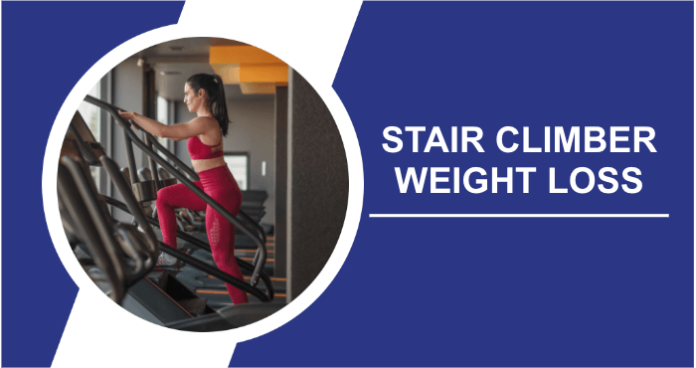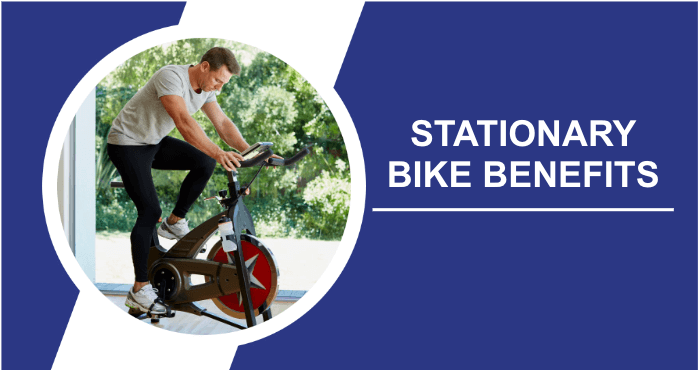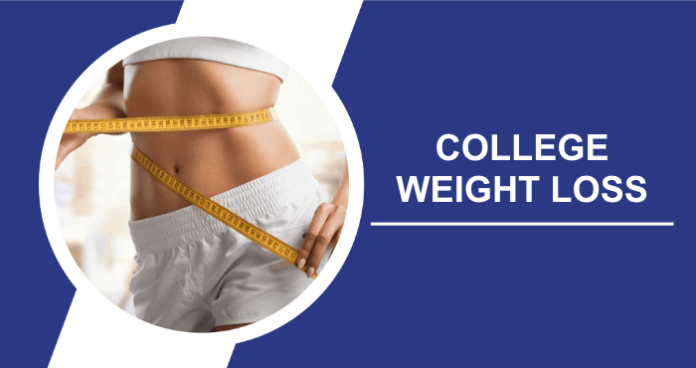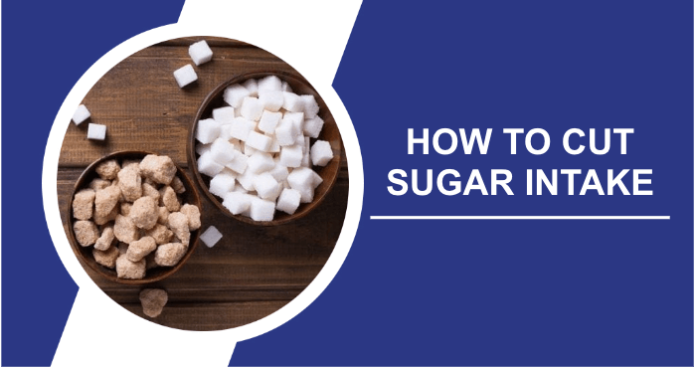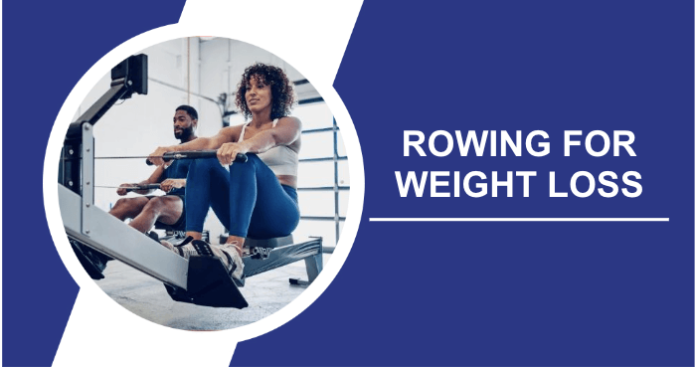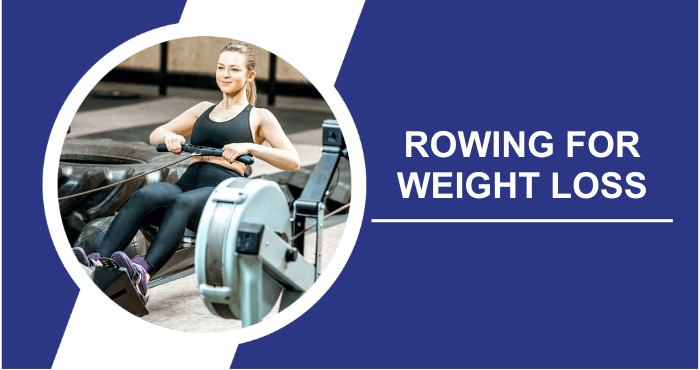Losing weight is quite a challenge that goes beyond maintaining a healthy diet. It demands commitment and regular physical activity. Who says you can’t shed belly fat without hitting the gym ? Engaging in an intense stair climber workout is one of the effective methods to burn fat.
Stairclimbing alone has been proven to burn calories and give you a flat stomach. In addition, fat-burning supplements designed for women offer another promising avenue. In this article, we will explore the benefits of incorporating stair climbing into your exercise routine and how it can play an important role in your fitness programme. Let’s dive right in, shall we?
Can Stair Climbing Help Reduce Belly Fat? Stairclimbers offer an alternative to regular stairs. These stationary fitness machines provide a stepping motion allowing you to climb at your preferred pace and duration. They make for an addition to your cardio workout routine complementing activities, like jumping rope running and burpees among others.
Where Can You Find Stair Climbers?
Stair climbers can be found in many places, from the bustling gym to the cosy corners of your home. At the gym, they stand proudly, inviting fitness enthusiasts to take on a challenging climb. In apartment buildings, they wait quietly in the corner of the gym, offering residents a convenient way to stay active.
But these machines are not confined to those areas; you could unexpectedly come across a stair climber in a friends garage, which serves as evidence of their dedication to maintaining a healthy lifestyle. Whether its a shared fitness hub or an individual refuge stair climbers provide a path, towards improving physical fitness.
How Much Does A Stair Climber Cost?
The cost of a stair climber can vary greatly depending on your preferences and budget. You can find basic models for around $100-$200, perfect for those on a tight budget. Mid-range options with more features typically cost between $300 and $600. If you’re looking for top-of-the-range, commercial-grade models, be prepared to spend upwards of $1,000. Remember, it’s not just a purchase, it’s an investment in your fitness journey.
Is The Stair Climber Effective For Weight Loss?

Stair climbers have shown advantages, particularly in locations where stairs are not conveniently available. Stair climbers specifically focus on areas where stubborn fat tends to gather such, as the stomach, hips, thighs and buttocks. Let me share some strategies for using the stair climber to expedite the journey of shedding belly fat:
- Burn calories
- Strengthen core muscles
- Increase the enjoyment of your workout
- Offers a variety of exercise options
- Provides aerobic conditioning
Burns Calories
The stair climber is a tool that can bring great results if you want to work on your abdominal muscles or shed some extra fat around that area. A 30 minute session, on the stair climber can help you burn between 180 and 260 calories although the exact number may vary depending on how intense your workout is and your body weight.
To illustrate, a 180-pound person can burn more calories than a 130-pound person during a comparable workout. In addition, a faster pace on the stair climber has the potential to burn even more calories than a slower pace. Most stairclimbers come with a calorie burn estimator that gives a rough estimate of the calories burned based on your current weight.
Improves The Efficiency Of Your Workout
Stairclimbers are incredibly user friendly and highly efficient in their functionality. They typically require little time to get the hang of making them suitable, for anyone striving to shed some pounds. Moreover they offer advantages for individuals recuperating from injuries.
For those who run regularly, the stair climber provides a unique challenge by pitting you against gravity while strengthening your abs, all from a stationary position. Climbing stairs on this machine also engages key muscle groups such as the abdominals and gluteus medius, targeting essential areas of your physique.
Using a stair climber of traditional stair climbing has several benefits. When using a stair climber you’ll notice an continuous upward motion, which helps minimize the strain on your joints and connective tissues in comparison, to going down real stairs where gravity can take its toll. In cases where a stair climber’s not accessible regular stairs can serve as a suitable alternative.
Builds Core Strength
Incorporating a stair stepper into your workout routine actively engages your core muscles and helps to strengthen your abdominal muscles. This fitness tool is particularly effective for high-intensity interval training (HIIT). The hip motion involved also acts as a calorie-burning mechanism by targeting specific abdominal muscles, including the abdominals, intercostal muscles and external obliques.
It’s interesting to point out that on average if you take 10 steps on a stair climber it’s roughly the same as taking about 38 steps on flat ground. This observation highlights how using a stair climber can save a lot of time as it can be four times more efficient, than using a treadmill.
The amount of muscle development you can achieve with a stair climber can be affected by your body weight. People who are heavier tend to use more energy during the workout. As each step on the stair climber requires movement against greater resistance, it contributes to the increase in muscle strength.
Improves Aerobic Conditioning
Aerobic conditioning, which relies on oxygen to fuel your fat-burning workouts, challenges you physically and improves the strength of your heart and lungs. The stair climber is one of the most effective tools for both burning calories and improving aerobic fitness. A single session of brisk stair climbing can significantly increase your heart rate and provide a much-needed adrenaline rush.
You can try out things with the machine by setting targets for how many stairs you aim to climb during each session. In between breaks it’s helpful to include some exercises to get ready, for the next round. As your fitness improves you’ll probably see some differences; being able to climb more stairs in each session having shorter rest periods being able to tackle more stairs overall and even being able to add weights into your workout routine.
Improved conditioning not only contributes to a flatter stomach, but also increases your overall fitness level. The more laps you do on the Climber, the more belly fat and calories you burn. Within a week or two, you’ll probably notice a more toned abdomen and an overall lighter feeling.
Offers A Variety Of Workout Options
The stair climber provides a variety of exercise options to make your abdominal workout engaging and exciting every time. You can also focus on muscle groups, like the calves and hamstrings by incorporating backward walks on the stair climber.
Stairclimbers are an excellent addition to circuit training routines and help to accelerate body fat loss. When combined with other resistance and cardiovascular equipment, the stair climber transforms your workout into an intense, full-body workout. Next time you hit the gym, try these workout variations to maximise calories burned for a slimmer tummy:
- Start with a 5-minute treadmill warm-up.
- Follow with 1 minute on the stair climber.
- Transition to body squats (1 minute).
- Transition to the stationary bike (1 minute).
- Continue with bench presses (1 minute).
- Include jump rope exercises (1 minute).
- Use rowing machine (1 minute).
- Finish with another 1-minute session on the stair climber.
Make sure to follow this list performing each repetition without taking long breaks between exercises. After completing the session take a one minute break. The goal is to do this routine for, at ten rounds and aim to repeat it five times a week for the next three months. As you progress you can incorporate these four exercises into your stair climber workout routine:
- Side step: While standing on the machine, turn your body to the left and take a step with your right foot, followed by a step up and over with your left foot. Take a predetermined number of steps on the left side before switching to the right. This exercise requires coordination and should be performed slowly.
- Squat step: On the stair climber, assume a parallel squat position and continue to step from this position until you feel a burning sensation in your quadriceps. This position not only intensifies your cardiovascular workout, but also increases your V02 max.
- Alternating leg raises: While walking at a moderate pace, bend forward at the waist and kick backwards with your right leg, contracting your glutes with each kick. Try to keep your balance as you take the next step, then repeat the process with your left leg.
- Sumo step: Between steps, incorporate an exaggerated step to your left that mimics the walking style of a sumo wrestler. Keep your shoulders back and maintain a neutral spine throughout this movement.
The Stair Climber And Its Effect On Fat Loss
If you are dealing with weight issues the stair climber can be an asset in not just helping you shed pounds but also enhancing your overall health. Using the stair climber can have effects, on your blood pressure, blood sugar, cholesterol levels and joint health. To maximize loss and boost your fitness level it is recommended to include straightforward yet effective abdominal exercises that combine strength training and cardio into your workout routine.
Stair climbers are an effective way of achieving these goals and more. While some may prefer the convenience of climbing stairs at home, the choice largely depends on what works best for you. Alternatively, you can add variety and engagement, both physically and mentally, by incorporating upper body weight training, stretching routines and a mix of other exercise activities.
However getting rid of belly fat is not just, about spending hours on the stair climber. It’s crucial to keep an eye on your calorie consumption and embrace an eating approach as a part of your everyday life. By reducing the amount of saturated fats and sugars you consume while maintaining a balanced diet filled with lean proteins, whole grains, fruits and vegetables you can greatly enhance your efforts in losing fat.
Can Climbing Stairs Also Help Me Lose Weight?
Taking the stairs can actually be a valuable ally in your weight loss journey. It’s a simple yet effective way to burn calories and shed those extra pounds. Each step you take engages several muscle groups, including your legs, glutes and core, while increasing your heart rate. This combination of resistance and cardio can help you burn calories efficiently.
Moreover you can easily include stair climbing in your schedule. This can be done by opting for stairs of elevators at your workplace using a stair climber machine at the gym or even conquering an outdoor staircase. It is an convenient choice, for individuals aiming to shed pounds and improve their fitness levels.
How Should I Eat If I Want To Lose Weight With A Stair Climber?
If you want to shed those extra pounds with a stair climber, it’s important to focus on a balanced and sustainable approach to eating. Instead of strict diets, prioritise a varied, portion-controlled diet rich in lean proteins, whole grains, fruit and vegetables. Give your body the nutrients it needs to support your training and maintain energy levels.
Try incorporating regular meals into your diet to curb hunger and prevent overeating. It’s equally important to stay hydrated so make sure you drink water to keep yourself refreshed during your workout sessions. Remember, it’s not, about depriving yourself; rather focus on making choices that align with your active lifestyle as a stair climber and make your weight loss journey both effective and enjoyable.
Frequently Asked Questions
Is it possible to achieve weight loss using a stair climber?
Of course! Stairclimbing is a very effective way of shedding those extra pounds. They provide a rigorous workout that burns calories and helps you lose weight.
How frequently should I employ the stair climber to witness outcomes?
To achieve the results it’s important to maintain consistency. Try to aim for 3 5 workout sessions per week and you’ll begin noticing improvements, within a weeks.
Are there specific exercises I can perform on the stair climber to enhance results?
Absolutely! You can vary your routine by doing interval training, climbing backwards or incorporating side steps. These variations work different muscle groups and keep your workout interesting.
What should be the duration of each session on the stair climber?
To achieve weight loss it is recommended to aim for sessions lasting between 30 to 45 minutes. However it is crucial to prioritize intensity, over duration since the quality of your workout holds importance.
Can I indulge in any food if I consistently use the stair climber?
A balanced diet is essential for successful weight loss. Although the stair climber helps to burn calories, it’s essential to combine it with healthy eating habits for optimum results.
Conclusion
Have you ever tried using a stair climber machine? If not I recommend spending some time with a fitness instructor, at your gym or fitness center. While it may seem easy to understand how to use the machine creating a workout routine that specifically targets and tones your abs can actually be quite challenging.
In order to develop a suitable exercise programme, it is advisable to work with a certified personal trainer. Make sure your trainer is certified by the American Council on Exercise (ACE), which is widely recognised and guarantees that your trainer is qualified for the job.
The significant advantage of incorporating a stair climber into your fitness routine is that, with time and practice, you will become proficient enough to use it safely and at the appropriate intensity for your goals, reducing the need for constant supervision or guidance. We strongly recommend that you maintain consistency in your fitness efforts even after you have achieved fat loss. Continue to pay attention to your diet and lower body fitness levels for lasting results.
Sources
- Acefitness.org. (2022). ACE Fit | Physical Activity Calorie Counter. [online] Available at: Read Article.
- Sumathi Reddy (2013). Do the Fitness Math: Gym vs. Stairs. [online] WSJ. Available at: Read Article.
- Whittaker, A.C., Eves, F.F., Carroll, D., Roseboom, T.J., Ginty, A.T., Painter, R.C. and de Rooij, S.R. (2021). Daily stair climbing is associated with decreased risk for the metabolic syndrome. BMC Public Health, [online] 21(1). Available at: Read Article.
- Sciencegate.app. (2021). Circuit Exercise Latest Research Papers | ScienceGate. [online] Available at: Read Article.
- Patel, H., Alkhawam, H., Madanieh, R., Shah, N., Kosmas, C.E. and Vittorio, T.J. (2017). Aerobic vs. anaerobic exercise training effects on the cardiovascular system. World Journal of Cardiology, [online] 9(2), p.134. Available at: Read Article.

